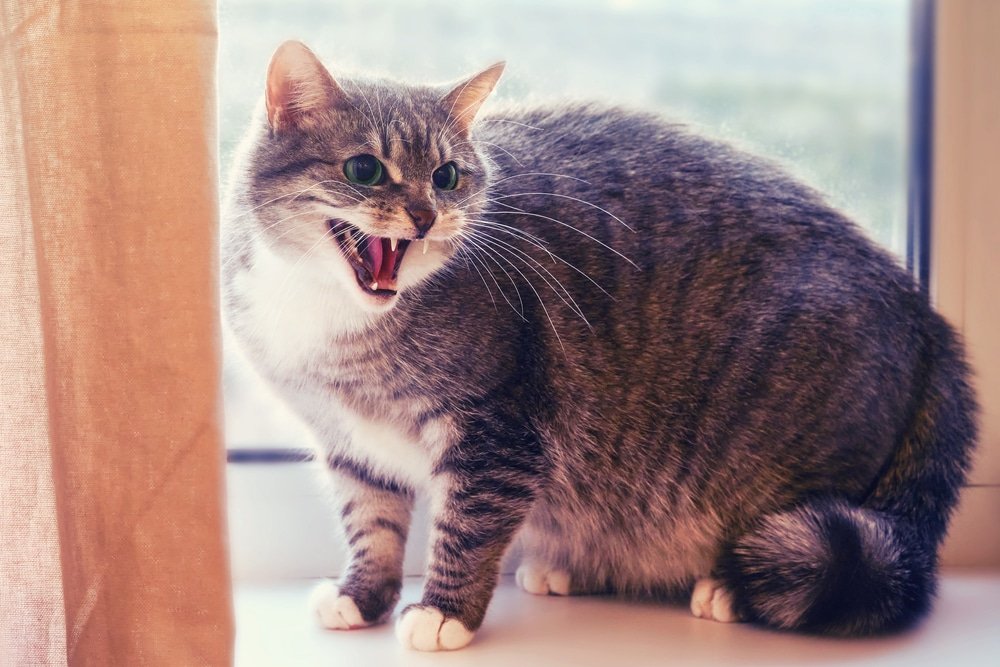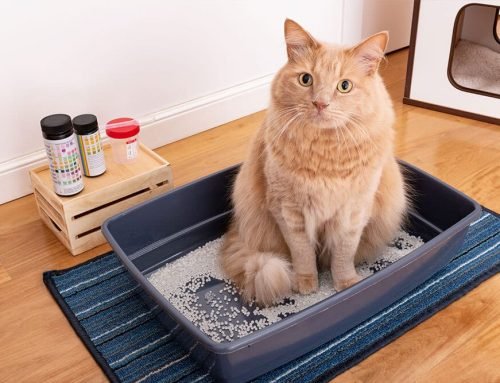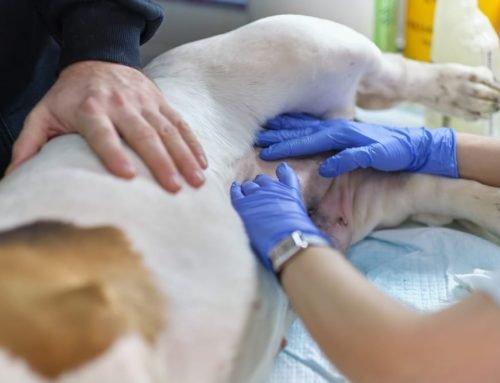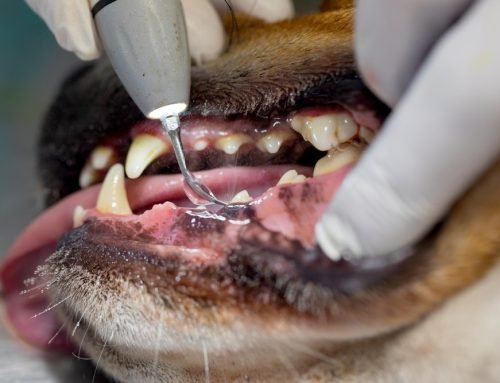How to Recognize and Manage Your Pet’s Stress
Behavioral health is a vital part of your pet’s overall well-being- but it’s often misunderstood. Stress and anxiety in dogs and cats frequently appear as subtle behaviors mistaken for bad habits or personality quirks. In reality, these are signs of discomfort that, without proper support, can escalate over time.
In an active, pet-friendly city like St. Petersburg, pets are often exposed to new people, noises, and experiences. While that can be enriching, it can also be overwhelming- especially for pets who are undersocialized, have medical conditions, or prefer a calmer routine. Spotting stress early and responding thoughtfully can prevent long-term health and behavior issues.
What Does Stress Look Like in Pets?
Stress in pets shows up through changes in body language, behavior, or daily routines. Knowing what to watch for allows you to step in before it becomes a bigger problem.
Signs of Stress in Dogs
Dogs communicate stress in a variety of ways. What looks like misbehavior may be a dog saying, “I’m overwhelmed.”
Common signs include:
- Excessive barking or whining
- Destructive behaviors like chewing or digging
- Pacing, restlessness, or shutting down and hiding
- House soiling despite prior training
- Decreased appetite or increased clinginess
- Panting, drooling, or trembling without a clear cause
- Growling, snapping, or biting when unable to escape a stressor
Stress triggers include loud noises, unfamiliar visitors, routine changes, and being left alone. Separation anxiety is especially common in dogs adopted from shelters or those lacking early socialization.
Signs of Stress in Cats
Cats tend to internalize stress, making it harder to detect.
Look for:
- Increased hiding or avoidance
- Sudden aggression toward people or pets
- Overgrooming or bald patches
- Litter box accidents
- Appetite changes
- Loss of interest in play or socializing
In multi-cat homes, household tension, environmental changes, or inconsistent routines can trigger stress. If your cat’s behavior shifts, explore both emotional and medical causes. See Addressing Tension Among Cats and Common Cat Behavior Issues for guidance.
Why Does It Matter?
Stress impacts your pet’s physical health- and affects the safety of the people and animals around them.
Stress Can Lead to Medical Issues and Self-Injury
Chronic stress can:
- Weaken the immune system
- Disrupt digestion and sleep
- Heighten pain sensitivity
- Mask early signs of illness
Stress-related behaviors can also cause injury. A dog who chews or scratches may develop skin infections. A cat avoiding the litter box could develop a urinary tract infection. And for pets with medical conditions, stress can make treatment more difficult.
At St. Petersburg Animal Hospital & Urgent Care, we evaluate both physical and behavioral symptoms to ensure nothing is missed.
Stress Can Pose Safety Risks
Stress can also escalate into safety concerns. Growling isn’t disobedience- it’s a plea for help. It’s your pet saying, “I’m uncomfortable.” Punishing that warning removes a vital communication tool and increases the risk of bites.
If a pet is leashed, crated, or cornered, their ability to flee is gone- leaving “fight” as the only option. That’s when accidents happen.
Monitoring stress protects everyone. Recognizing discomfort early prevents escalation and keeps people and pets safe.
Understanding the Triggers
Stress is often triggered by changes in the environment or routine. Adjusting those triggers is a key part of treatment.
| Common Triggers in Dogs | Common Triggers in Cats |
|---|---|
| Being left alone | New pets or people in the home |
| Thunderstorms or fireworks | Litter box setup changes |
| Inconsistent routines | Loud noises or rearranged furniture |
| Lack of exercise or stimulation | Lack of hiding spots or vertical space |
How to Help a Stressed or Anxious Pet
A calm, predictable environment is the foundation for managing stress. Combine enrichment, routine, and positive training for the best results.
Steps to Support an Anxious Pet:
- Be your pet’s advocate: Notice early signs of stress and adjust the environment before things escalate.
- Provide enrichment: Puzzle toys, training games, and sensory activities help reduce anxiety. Try Dog Enrichment Ideas and DIY Enrichment Toys for Cats.
- Stick to a routine: Regular feeding, play, and sleep reduce unpredictability.
- Create safe spaces: Provide quiet areas pets can access during stress. Cats need vertical space and hidey-holes- learn more from: Indoor Pet Initiative – Cat Environment
- Use positive reinforcement: Reward calm behavior; avoid punishment. Punishing stress behavior is just adding more negativity to an already bad situation.
- Seek medical guidance: Stress may stem from an underlying health issue. Schedule a visit to discuss medical or pharmaceutical options.
When to Seek Professional Help
If stress-related behaviors continue despite your efforts, it’s time to talk with your veterinarian. Many pets benefit from a tailored treatment plan involving medical evaluation, behavior modification, and sometimes medication.
At St. Petersburg Animal Hospital & Urgent Care, we take a comprehensive approach- starting with a detailed behavioral history and physical exam. Diagnostics like lab work or imaging may be recommended to rule out hidden causes.
Early intervention supports your pet’s long-term health and keeps your household running more smoothly.

FAQs: Pet Anxiety and Stress
Can anxiety in pets go away on its own?
Mild stress may improve with support, but chronic anxiety typically requires a structured plan.
Should medication be used for pet anxiety?
Sometimes, yes. Medications can help pets stay calm enough to benefit from behavior training. A veterinarian will help decide.
Is enrichment really that important?
Yes. Mental and physical stimulation helps reduce frustration and prevent stress-related behaviors.
Why is my cat suddenly hiding all the time?
Hiding may signal stress, pain, or illness. A veterinary exam is the best place to start.
What if my pet only acts anxious in certain situations?
Situational anxiety is common. Identifying specific triggers helps guide treatment.
The Value of a Calmer, Happier Pet
Helping your pet manage stress isn’t just about reducing unwanted behaviors- it’s about improving their quality of life and strengthening your bond. Whether it’s a dog who no longer panics when left alone or a cat who returns to the litter box, these changes matter.
The team at St. Petersburg Animal Hospital & Urgent Care is here to help. If you notice changes in your pet’s behavior, appetite, or personality, reach out to schedule an exam. Together, we’ll build a plan that supports your pet’s comfort, confidence, and health.







Leave A Comment